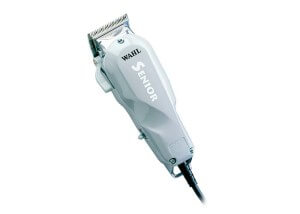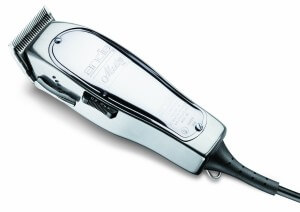

To the best of our knowledge, the effects of the restriction of sensory influx from whiskers during this period on the behavior of adult rats has not been studied before. Whisker trimming during this period leads to the convergence of timing of maturation of walking and eye opening and affects defensive behavior in juvenile rats. Nevertheless, during the period when whisking develops the active maturation of inhibitory synapses in the somatosensory cortex occurs and the maximal functional plasticity at the layer 4 to layer 2/3 synapse is observed. In most studies aimed at studying the role of the restriction of sensory influx from whiskers in the development of rats, whisker trimming either was carried out during the period of passive touch, , or included the period of passive touch as well as the period of the appearance of whisking. The appearance of whisking occurs around postnatal days 11–13 (PN11–13). The behavioral function of whiskers switches from passive touch to active vibrotactile movements (whisking) during this period. Vibrissal system, which provides for the transmission and processing of sensory information from whiskers, undergoes active maturation during the first three weeks of a rat's life. Restriction of sensory influx from whiskers in early ontogeny leads to changes in behavioral strategies and reduces the learning ability in tasks based on sensory influx from whiskers. Whiskers play a crucial role in the development of the exploratory activity in rats.


Goal-directed behavior is based on incoming sensory experience, the coincidence of which with the expected, indicates the successful implementation of the behavior. Epileptic WAG/Rij rats at 4–4.5 months showed only a slight learning impairment during later stages of IntelliCage impulsivity paradigm, which may be associated with the early stage of development of SWD.

Early life whisker trimming altered behavioral sequences and strategy of exploration in adulthood, suggesting reduced whisker sensitivity in the trimmed rats. In order to optimize the analysis of behavioral data, we combined several Python packages into a single processing pipeline. Goal-directed behavior was examined in all rats at the age of 4–4.5 m using IntelliCage impulsivity paradigm. Age-related increase of SWD was found only in the control group, suggesting that whisker trimming during PN9–16 led to an earlier maturation of SWD. At the age of 5 m, epileptic trimmed rats showed more SWD than epileptic control rats. We found that 77% of WAG/Rij rats showed pronounced SWD (epileptic phenotype), and the rest did not (non-epileptic phenotype). We examined the effect of whisker trimming in WAG/Rij rats during PN9–16 on spike-wave discharges (SWD, EEG hallmark of absence epilepsy). It is assumed that behavioral performance in adult WAG/Rij rats is influenced (1) by absence epilepsy and (2) by whisker trimming during the short period around the onset of active whisker movements, PN9–16. WAG/Rij rats are genetically predisposed to develop absence seizures in adulthood, and whisker trimming during three postnatal weeks aggravates epileptic activity in these rats. Neonatal whisker trimming increases excitability in the somatosensory cortex and affects exploratory behavior at adult ages. Whisker system in rats undergoes rapid development during the first postnatal weeks.


 0 kommentar(er)
0 kommentar(er)
